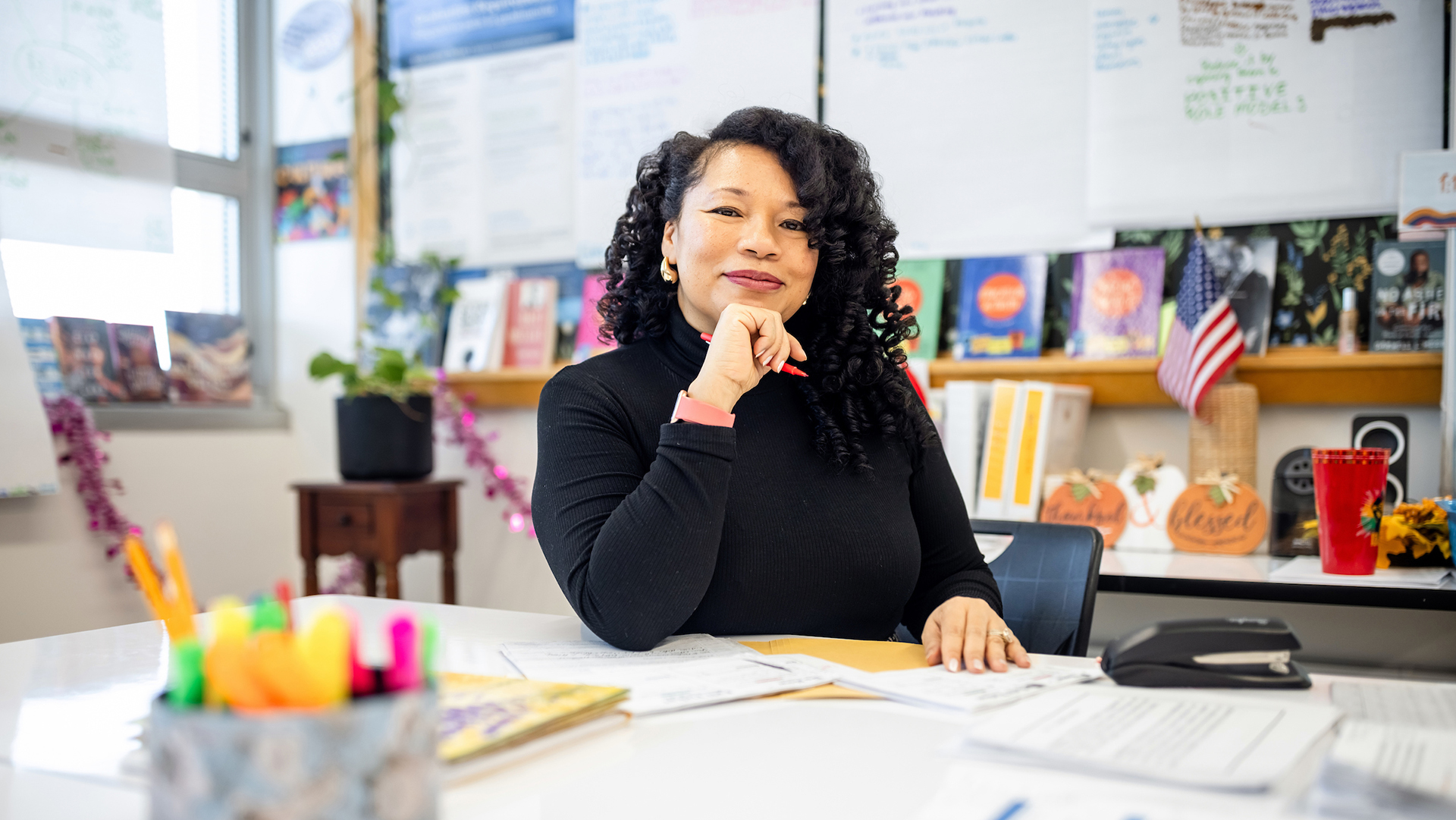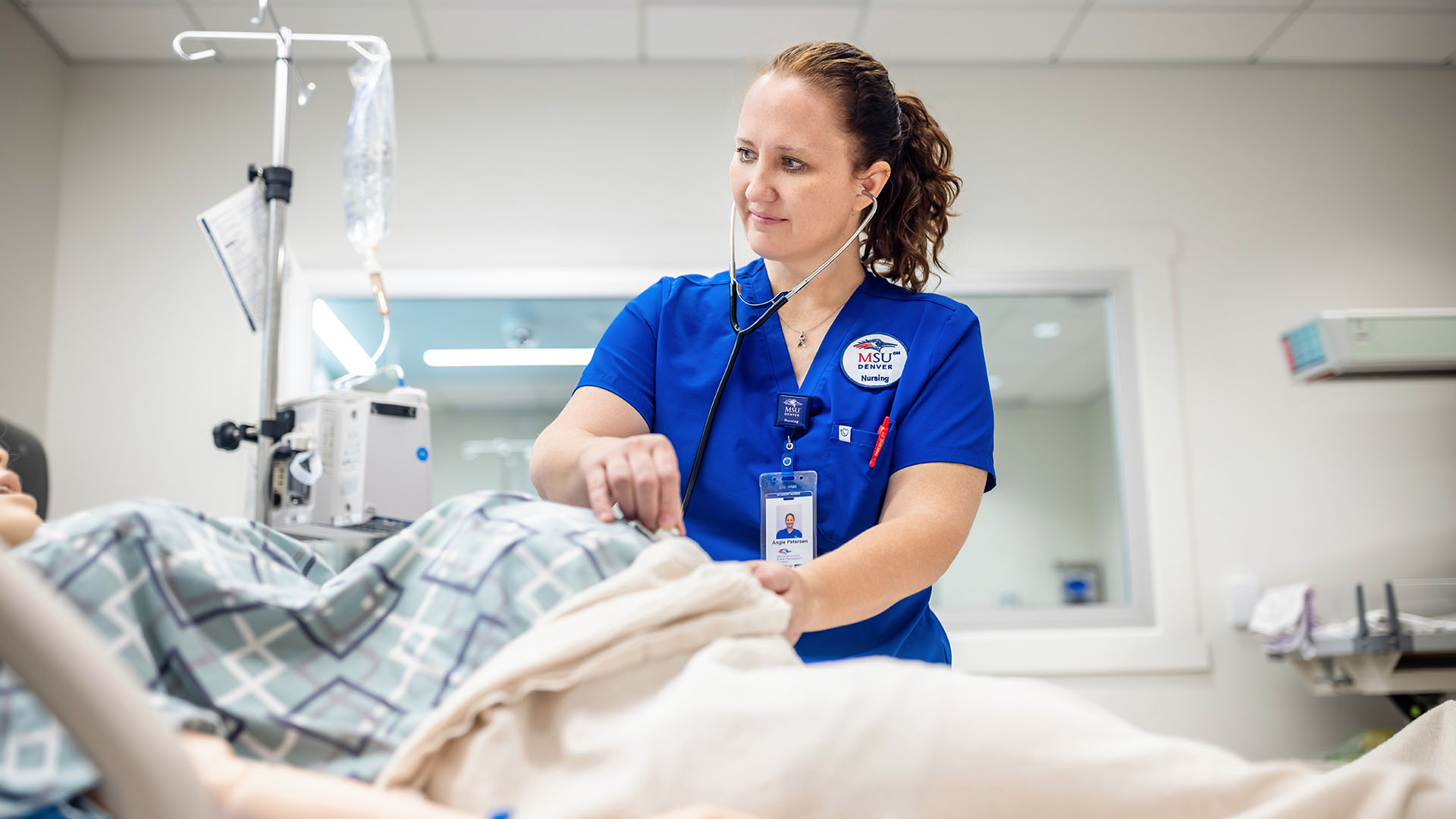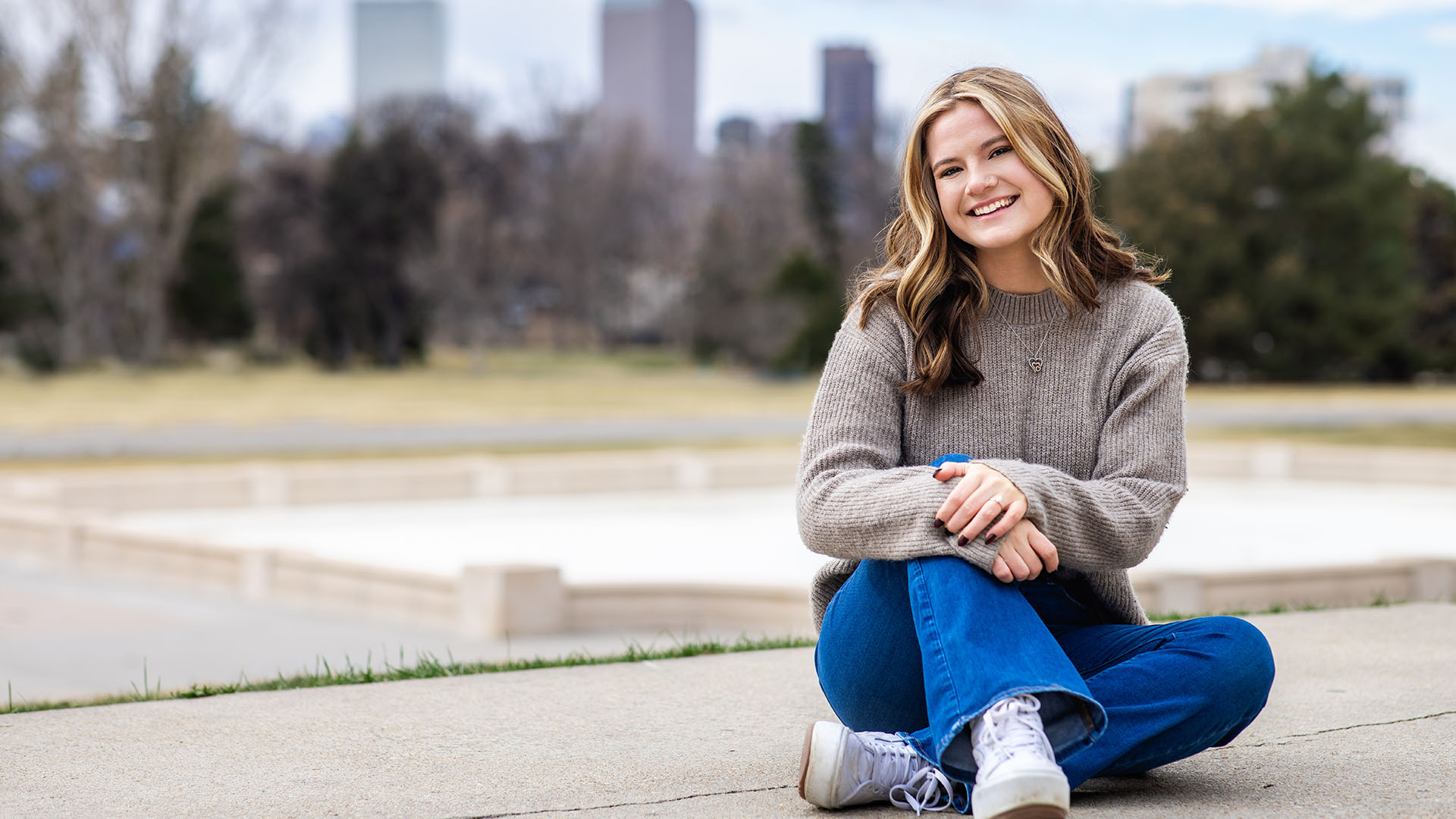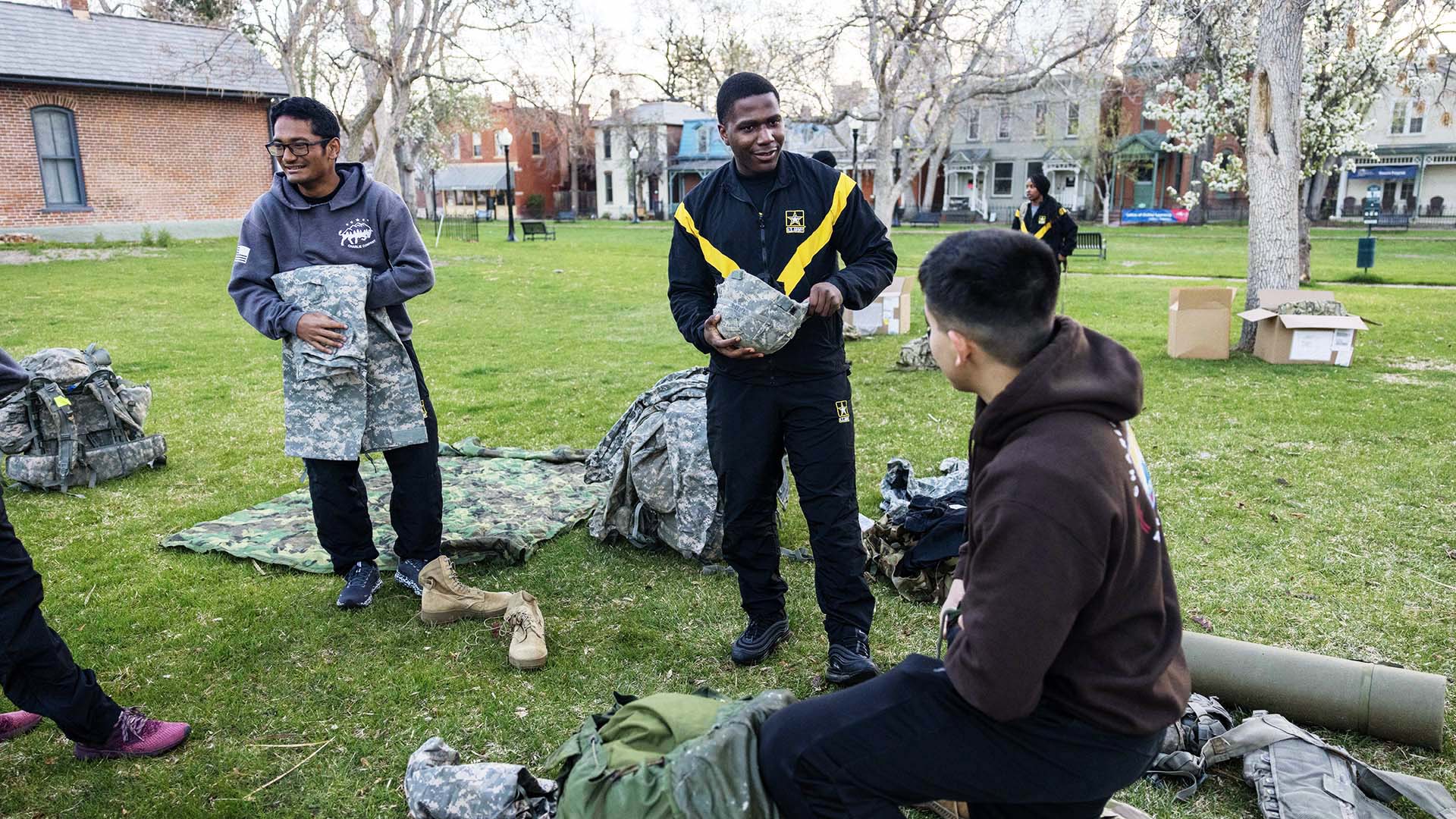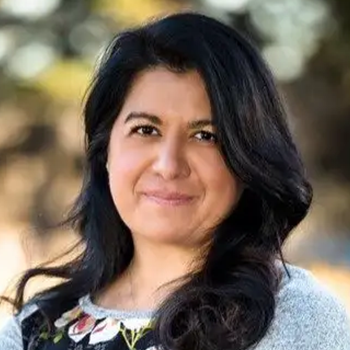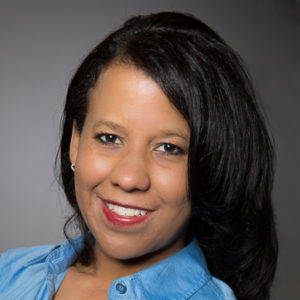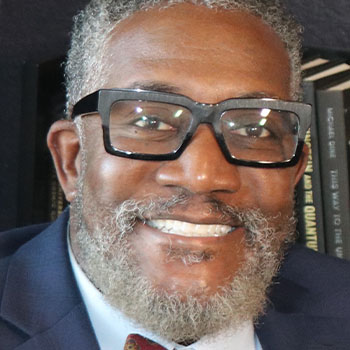Straight from the source
Smithsonian and Library of Congress throw open their digital doors, giving teachers access to troves of unfiltered information

The Smithsonian Institution was founded in 1846 to be “an establishment for the increase and diffusion of knowledge.” The world’s largest museum, education and research complex is home to an estimated 154 million historical objects, works of art and scientific specimens.
The Library of Congress, similarly, is the largest library in the world. Since its founding in 1800, the library has collected more than 167 million items that take up more than 800 miles of bookshelves.
But what good is all that knowledge if it’s stored entirely in one place?
For a large portion of the history of these centers of information, that information was just that: centralized history. The first digital disseminations of Smithsonian content came in the form of CD-ROMs before the rise of the internet ignited more extensive efforts in the early 1990s to bring Washington, D.C.-based collections to the masses. Those efforts continue today with the ability to digitize thousands of artifacts daily, with more information becoming more accessible to more people every day.
Sharing sources by teaching teachers
Teaching With Primary Sources (TPS) is the Library of Congress’ initiative aimed at arming teachers with the inclination and ability to use its vast collection of materials in classrooms across the country. Primary sources are original documents or objects that can be examined rather than relying on secondhand accounts or interpretation.
For the past 14 years, Metropolitan State University of Denver has been home to one of three grant-funded TPS regional hubs that offer professional development for educators and administer grants to universities, school districts, library systems and other organizations on behalf of the Library of Congress.
“One of the things that has made primary sources so available to everybody is technology,” said Peggy O’Neill-Jones, Ph.D., director of the TPS Western Region, which covers 14 states. “Before the internet you had to go to Washington, D.C. Now the Library of Congress makes the sources available to anyone through technology.”

The Western Region’s staff of four hosts events such an annual Summer Institute and winter Teacher Librarian Day and manages a social-media network for teachers to communicate about and collaborate on the realm of primary sources.
This year’s Summer Institute was a collaboration with the American Museum of Western Art and the History Colorado Center, examining how art can be used as a primary source and how museums can play a role in present-day classrooms.
“The whole point is to show teachers where these sources are on the Library of Congress (website) and also to help them to gain or refine their skills in working with primary sources. When primary sources are presented to a classroom, instruction moves beyond a lecture: ‘This happened on this particular date.’ Students are using critical thinking skills to figure out what happened themselves,” O’Neill-Jones said.
In an age of unfettered social media and politicized news sources, the ability to discern where information is coming from and how facts or the lack thereof are framed is as critical as access to the information itself. Inspired by her work with the TPS program, O’Neill-Jones developed a course called Critical Thinking through 21st Century Media, which focuses on analyzing social media as a primary source.
“When you look at a primary source, you’re looking at who the author was, what was the author’s intent, what was the bias. … You’re not just taking things at face value. You’re interrogating a source,” O’Neill-Jones said. “Those are the skills that students need more than ever today in their everyday life.”
Information in the palm of your hand
Universities have degrees in education, and they have educators to educate education majors, but what about students who want to educate educators?
Alejandra Martinez is passionate about education, but she didn’t think a classroom was the best place for her to educate people. So she made up her own major, switching from education to Educational Studies in STEM through MSU Denver’s Individualized Degree Programs.
After changing her major with just a year left before she graduates, Martinez thought it was critical to find an internship that would complement her newfound path, bolster her résumé and make a difference in something she’s passionate about.
Enter the Smithsonian Science Education Center.
As an intern in the SSEC’s Professional Development Services division, Martinez is working on curriculum for the professional-development retreats that the Smithsonian offers to K-12 teachers, hosted at Smithsonian museums and research facilities. As part of her work on the center’s Earth History and Global Change unit, she’s worked with facilitators on what kind of activities teachers could incorporate and met with Smithsonian scientists doing climate research by examining the ocean floor, prehistoric bacteria and crystal structure in rocks.
She’s participated in behind-the-scenes tours and hands-on experiments at different Smithsonian sites, including a lab that identifies birds based on their feathers, which has a critical practical application of finding the root cause of bird-based plane crashes.
“SSEC facilitators are meeting with scientists and other teachers and learning up-to-date research and teaching styles that are backed by science research on how best to teach these concepts,” Martinez said. “They go out and meet with some Smithsonian scientists who are doing active research and come back saying, ‘This is what they have. What can we do with it?’”
While technology makes information more accessible, the Smithsonian also emphasizes hands-on learning with source materials, such as actual bugs in a lesson on biodiversity.
“We were using these beetles to make a deeper connection with a concept teachers were learning, which is something that most science curriculum is going away from now. They’re looking at how we can use technology, computers, animation and things like that; they’re missing out on a lot of the real objects, which is what a lot of kids need,” Martinez said. “Once kids – and all learners – have a chance to interact with something, they’re going to have a better exposure to it, and that leads to being able to remember it and recall it better and hopefully learn at a deeper processing level.”
Having taken her share of education and psychology classes in her academic career, Martinez thinks she has a good grasp on how teachers teach, how learners learn and how to make a difference in science and math education for everyone.
“I’m really interested in informal education, such as museums and libraries and after-school programs, because they have the potential to reach a lot more people,” Martinez said. “No matter what, I want to help bring better science and math education to Hispanic girls because that’s who I am. In general, our science education doesn’t seem to be doing well right now, nationally. I’ve been thriving here, and this is the thing I’ve been hoping for.”

